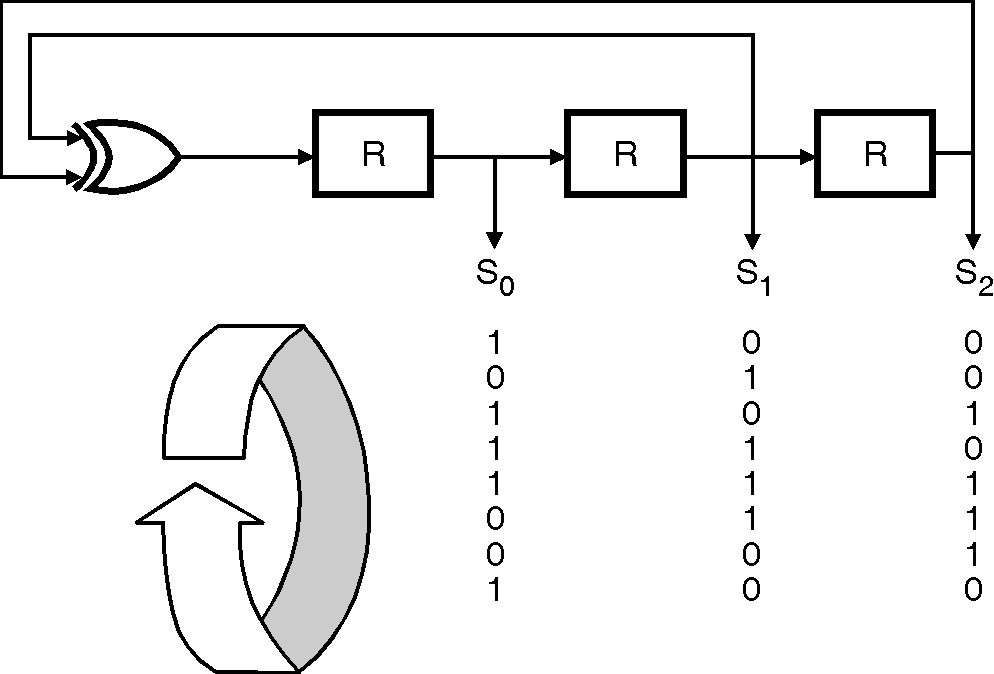
They are also used as a basis for deriving pseudo-random sequences in digital communication systems that employ direct-sequence spread spectrum and frequency-hopping spread spectrum transmission systems, and in the efficient design of some fMRI experiments.

Practical applications for MLS include measuring impulse responses (e.g., of room reverberation or arrival times from towed sources in the ocean ). These sequences may be represented as coefficients of irreducible polynomials in a polynomial ring over Z/2Z.

MLSs are spectrally flat, with the exception of a near-zero DC term. An MLS is also sometimes called an n-sequence or an m-sequence. They are bit sequences generated using maximal linear-feedback shift registers and are so called because they are periodic and reproduce every binary sequence (except the zero vector) that can be represented by the shift registers (i.e., for length- m registers they produce a sequence of length 2 m − 1). In telecommunications, pseudorandom binary sequences are known as pseudorandom noise codes ( PN or PRN codes) due to their application as pseudorandom noise.A maximum length sequence ( MLS) is a type of pseudorandom binary sequence. Other examples are Gold sequences (used in CDMA and GPS), Kasami sequences and JPL sequences, all based on LFSRs. The most common example is the maximum length sequence generated by a (maximal) linear feedback shift register (LFSR). PRBS generators are used in telecommunication, such as in analog-to-information conversion, but also in encryption, simulation, correlation technique and time-of-flight spectroscopy. Seemingly random, difficult to predict bit stream created by a deterministic algorithmĪ pseudorandom binary sequence (PRBS), pseudorandom binary code or pseudorandom bitstream is a binary sequence that, while generated with a deterministic algorithm, is difficult to predict and exhibits statistical behavior similar to a truly random sequence.


 0 kommentar(er)
0 kommentar(er)
